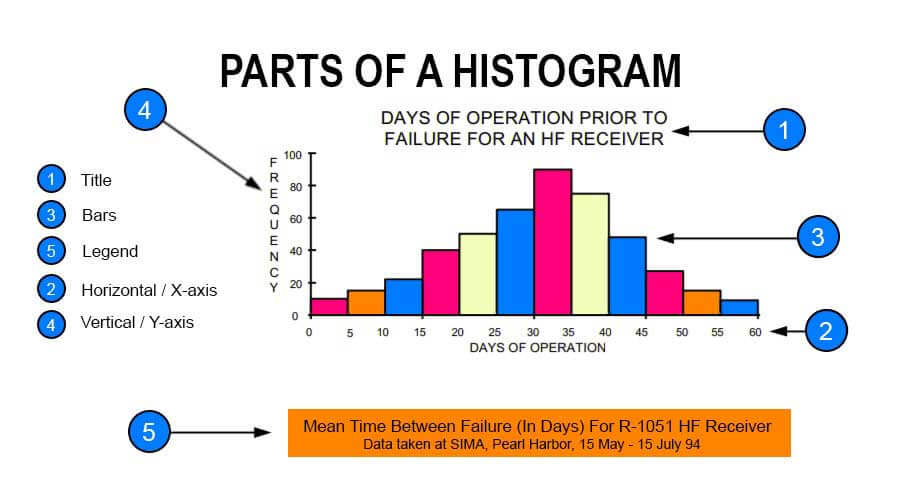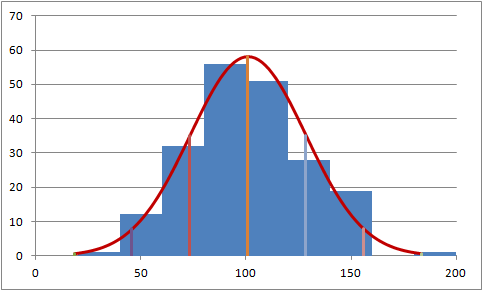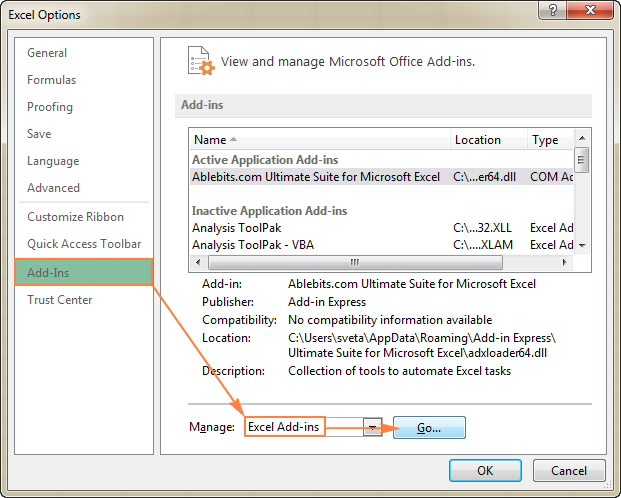

If you used column labels on the worksheet, you can include them in the cell references.

In the Bin Range box, enter the cell reference for the range that has the bin numbers. In the Input Range box, enter the cell reference for the data range that has the input numbers.

If you don't enter any bin numbers, the Histogram tool will create evenly distributed bin intervals by using the minimum and maximum values in the input range as start and end points. It’s a good idea to use your own bin numbers because they may be more useful for your analysis.

In the next column, type the bin numbers in ascending order, adding a label in the first cell if you want. The Histogram tool won’t work with qualitative numeric data, like identification numbers entered as text. On a worksheet, type the input data in one column, adding a label in the first cell if you want.īe sure to use quantitative numeric data, like item amounts or test scores. For more information, see Load the Analysis ToolPak in Excel. Assuming you’ve entered all the values for your dataset, select all the values that should be included in the histogram.Make sure you have loaded the Analysis ToolPak.We’re using the latest version of Microsoft 365 here, but any version of Office starting with 2016 will work the same way. Creating a Histogram in Excel: Step-by-StepĬreating a histogram takes just a few clicks. These capture all scores over and under a specified value. In Excel, you can also specify the number of bins, which includes optional so-called overflow- and underflow- bins. You can also choose to leave it to an automatic function in Excel, where it will try to decide on a bin width that’s best suited to your data. Spend some time considering how you’d like to divide scores into bins and whether the histogram will paint the picture you’re looking for if you decide on a particular “bin width”. However, for other types of data you have to invent the bin ranges. So you could arrange your bins to coincide with those. In the case of test scores, you’re in luck since there are already “bins” in the form of grade symbols. That’s a finely-grained distribution, but it’s probably not all that useful. However, that means 100 bars in your histogram. If you’re going to look at the frequency of scores between 0 and 100, you could have 100 bins, one for each possible score. The problem is that these may be arbitrary. You need to decide on the “bins” that your frequency counts will be sorted into. If you wanted to compare the frequency distributions between two groups on a single variable, you’d need multiple histograms. For example, if you only wanted to look at the weight distribution of a certain age group or gender, you should only include data for that group. Be careful not to mix the data from groups you don’t want to measure together into one histogram. For example, if you have the weights of a group of people, you’d have each measured weight recorded in your dataset. The first requirement is fairly straightforward. A set of measurements for a single variable.In order to make a histogram, you need a few things: Those tests still use histograms as a basis though and creating and observing a histogram is a crucial first step in showing you roughly what sort of distribution you may be dealing with. Of course, if you really want to determine whether your frequency distribution is normal or not, you’d run a normality test in Excel on your data.


 0 kommentar(er)
0 kommentar(er)
